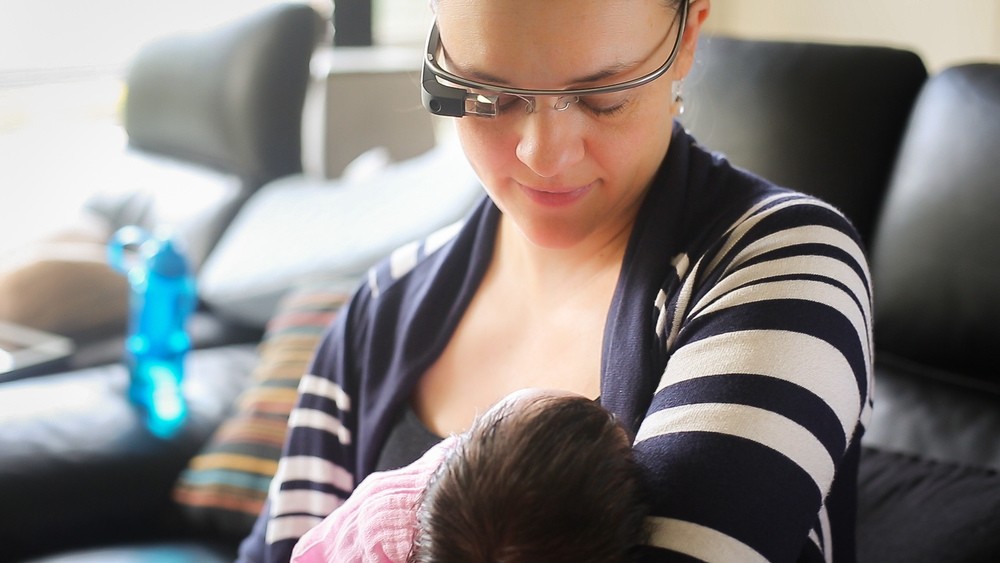Remember Pokemon Go?
Of course you do. Either you’ve been struck by it at some point in time, or it’s been your friends, kids, cousins, colleagues, or their kids. It’s impossible not to know about this game, mostly because of its extraordinary success, but who would have thought that this mobile game would also grow to become the foundation for the future impact of Augmented Reality on the world?
It’s been more than 4 years since Pokemon Go had its official launch — and it’s safe to say that it took the world by storm. The concept of the game was based on Augmented Reality, where players would search and catch the Pokemons pinpointed on real-world maps, by using a camera on their smartphones. Not only was the game at the top of the app store charts for both Apple and Android for weeks, but it also had more than 20 million users after only 7 days of its release.
Pokemon Go definitely played a significant part in placing AR among the biggest technology trends in 2017. The consequence? It opened doors for various different industries, healthcare being one of them.
AR’s roots in healthcare go way back. Believe it or not, it was actually the 1960’s when it first started to influence this industry. Robert Mann proposed the first virtual system in medicine in 1965, and its purpose was to determine what would be the best procedure for a specific orthopedic disease. This system was also used to ease the training for new orthopedic residents. At the same time, the first simulators leveraging 3D images were crafted.
AR was slowly being born, but it was not until the 1990’s that the term Augmented Reality was coined.
Fast forward to today — we have it applied in neurosurgery, among other medical specialties.
AR in surgery
Physicians are becoming more aware of organ locations, mashes of the vein, and diagnostics reports, all thanks to Augmented Reality. AR helped neurosurgery specifically by merging a rendered preoperative of medical datasets from a navigation system and the surgeon’s visual field. This revolutionary step in healthcare significantly reduced the surgeon’s cognitive burden, by eliminating the need to map preoperative images and surgical plans from the navigation system to the patient. Not only that, but it helped surgeons to see beyond their field of view by looking directly at the entity of interest. Click on this video to see how it works!

AR in nursing
All first-time mothers out there know that nursing is not an easy task, and help is always welcome. Healthcare professionals saw an opportunity to assist all new moms with the help of AR — by using Google Glass during breastfeeding. The idea was to place experts in a position where they’ll be able to see through mothers’ eyes while they breastfeed at home and guide them through the process (video).

AR in the pharmaceutical industry
The pharmaceutical industry saw the potential to boost their sales by implementing AR into their business. Augmented Reality helped by creating a fresh and interesting way of representing new products, drugs, and devices to healthcare professionals. The only sales tool needed is a representative’s smartphone or a tablet with the AR app. It will show a simulated process of a patient’s consumption of a specific drug or device, and how (and if) it will affect patients’ recovery. This approach also removed the time-consuming sales process by allowing representatives to quickly win physicians’ attention. And in an environment where every second counts, it is vital to leave healthcare professionals with an enduring and positive impression.
Benefits of Augmented Reality for healthcare professionals
- Diagnosis
- Treatment
- Surgery
- Nursery
- Data visualization
- Training interns and students
- Analyzation of patient records
- Time consumption
- Elimination of misunderstandings between patients and their doctors
- Advanced comprehension of the medical procedures by students and residents
Benefits of Augmented Reality for patients
- Treatments are faster and more accurate
- Easier comprehension of diagnosis, treatments, and surgeries
- Easier description of the symptoms to the doctors
- Trust in the healthcare system
- With the previous four benefits combined, patients are developing the most important benefit of all – reducing stress and potential depression caused by their disease.
Summary
Augmented Reality is revolutionizing healthcare. It has become the most promising and effective digital health technology. Now more than ever, we should push this technology further. Through the advancement of AR we see an acceleration of health procedures and enhancement of medical knowledge without creating risks of potential harm. Additionally, leveraging AR in healthcare means that patients are better informed about their diagnosis and treatment, and their stress is significantly reduced.
And while we wonder what the future holds, let’s stop at nothing to increase AR utilization in healthcare, and the impact it can have on all mankind.
Tatjana Lukic, Project Assistant at Bridgewater Labs